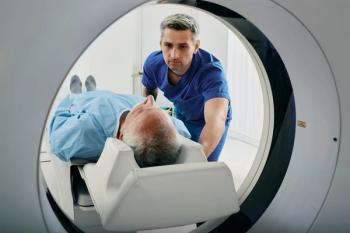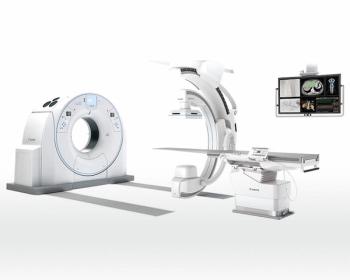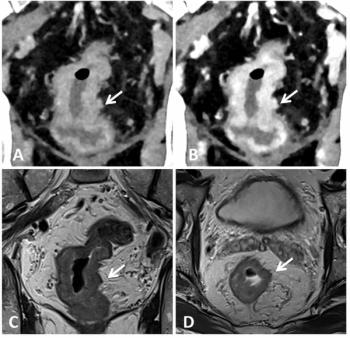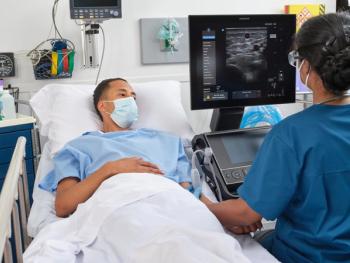
Can AI-Powered Virtual Biopsies Improve Detection of Breast Lesion Subtypes on Digital Mammography?
In separate test sets of Israeli women and United States women who had either ductal carcinoma in situ or invasive breast cancer, emerging artificial intelligence (AI) algorithms achieved an area under the curve (AOC) of 88 percent and 80 percent, respectively, for malignancy detection.
Emerging binational research suggests that artificial intelligence (AI) may aid in detecting breast lesion subtypes on mammography images and potentially reduce unnecessary biopsies.
In a r
When imaging and clinical information were integrated into the AI models, the researchers found that the U.S. AI model had an 83 percent area under the curve (AUC) for detecting invasive carcinoma, a 74 percent AUC for ductal carcinoma in situ and a 72 percent AUC for benign lesions. The Israeli AI model had an 85 percent AUC for invasive carcinoma, a 76 percent AUC for ductal carcinoma in situ and an 82 percent AUC for benign lesions, according to the study.
Adjusting the prediction threshold of the AI models to match radiologist assessment of breast lesions via the Breast Imaging Reporting and Data System (BIRADS), the researchers noted subsequent 98.7 percent and 96.8 percent sensitivity rates for malignant lesions in the respective test sets for the Israeli AI model and the U.S. AI model. In assessing the impact of AI model sensitivity on false-positive findings, the study authors suggested the Israeli AI model, at 99 percent sensitivity, may have facilitated a 13 percent reduction in unnecessary biopsies.
“Our preliminary results are encouraging and show that our models have the potential to reduce biopsy sampling errors and decrease costs associated with false-positive findings,” wrote Michal Rosen-Zvi, Ph.D., the director of AI for Accelerated Healthcare and Life Sciences Discovery at IBM Research and a professor at the Hebrew University of Jerusalem in Israel, and colleagues. “By grouping the breast lesions’ pathologic findings according to similar clinical management guidelines, our model offers the potential to help radiologists recommend the appropriate follow-up approach on the basis of assessment of clinical, radiologic, and pathologic considerations.”
(Editor’s note: For related content, see “
Rosen-Zvi and colleagues noted that clinical data did not have a significant impact on the ability of the AI models to detect benign lesions, ductal carcinoma in situ or invasive carcinomas. The Israeli AI model had an 88 percent AUC for the detection of malignant lesions, but the researchers noted that imaging alone in the AI model achieved an AUC of 87 percent. They also pointed out that the inclusion of clinical data in the U.S. AI model did not affect cancer prediction.
In regard to study limitations, the authors acknowledged a lack of generalizability with the AI model findings in different populations. Rosen-Zvi and colleagues said testing of the Israeli AI model in the U.S. study population resulted in lower differentiation between malignant and benign lesions, and testing of the U.S. AI model in the Israeli study population led to decreased detection for invasive carcinoma, ductal carcinoma in situ and overall malignant lesion prediction.
They suggested that incomplete data collection and the variety of digital mammography workstations may have contributed to the lower performance of the U.S. AI model in different hospital systems. Noting that that Israeli population is predominantly Jewish and the U.S. study population had a small number of Jewish women (less than 1.1 percent), the study authors said differences in the ethnic makeup in the training of the AI algorithms may have played a role in the different results across populations.
Newsletter
Stay at the forefront of radiology with the Diagnostic Imaging newsletter, delivering the latest news, clinical insights, and imaging advancements for today’s radiologists.



























